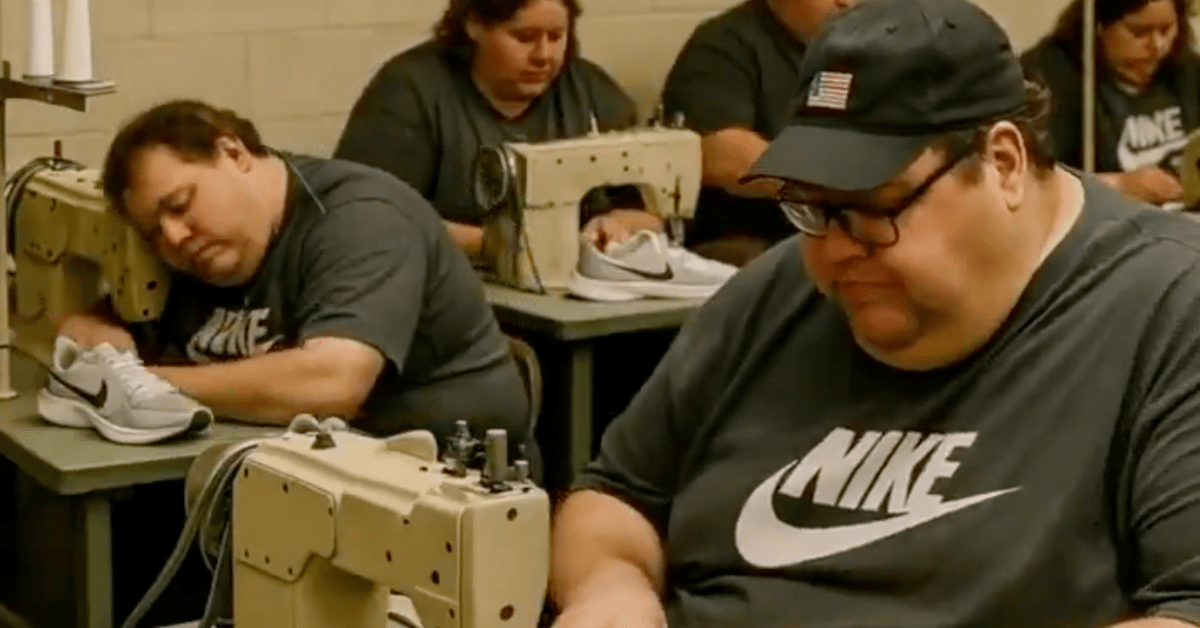Why China Scoffs at US Manufacturing Job Reshoring
The United States' ambition to reshore manufacturing jobs, bringing production back from overseas, faces a significant hurdle: China. While the US aims to revitalize its domestic manufacturing sector, China isn't simply standing idly by. Instead, it's adopting strategies that actively challenge the feasibility and effectiveness of this reshoring initiative. This article delves into the reasons why China remains confident despite the US push, exploring the complex interplay of economic factors, technological advancements, and geopolitical strategies.
China's Unwavering Competitive Advantages
China's dominance in manufacturing isn't accidental; it's the result of decades of strategic investment and development. Several key factors contribute to its continued competitive edge, making it difficult for the US to reclaim lost ground:
1. Massive Scale and Infrastructure:
China boasts a colossal manufacturing infrastructure, built over years of significant investment. This includes vast industrial parks, sophisticated supply chains, and a highly skilled (though increasingly expensive) workforce. Replicating this level of infrastructure in the US would require a monumental and potentially unrealistic financial commitment.
2. Integrated Supply Chains:
Decades of manufacturing in China have resulted in deeply integrated supply chains. Raw materials, components, and finished goods flow seamlessly within a highly efficient ecosystem. Disrupting this network and rebuilding it elsewhere is incredibly complex and costly. This integrated system allows for economies of scale that are hard to match.
3. Technological Advancements:
While often perceived as a low-cost manufacturing hub, China is rapidly advancing its technological capabilities, particularly in areas like automation and robotics. This allows it to maintain competitiveness even as labor costs rise. Investments in R&D and AI further solidify its position in high-value manufacturing sectors.
4. Government Support and Subsidies:
The Chinese government actively supports its manufacturing sector through targeted subsidies, tax breaks, and infrastructure development projects. This level of direct state intervention provides a significant competitive advantage, making it challenging for US companies to compete on a level playing field.
The Illusion of Easy Reshoring
The notion of simply "bringing jobs back" is an oversimplification. The reality is far more nuanced:
1. Cost Considerations:
Labor costs in China are rising, but they remain significantly lower than in the US. Even with automation, the total cost of manufacturing in the US can be considerably higher, impacting profitability.
2. Logistics and Transportation:
The cost of shipping goods from China to the US is a factor, but establishing entirely new supply chains within the US, sourcing raw materials domestically, and managing distribution networks is a complex and potentially costly undertaking.
3. Skilled Labor Shortages:
While the US has a skilled workforce in certain areas, there are significant shortages in specific manufacturing sectors. Training and recruiting a workforce capable of meeting the demands of modern manufacturing takes time and investment.
China's Proactive Response
China isn't passively watching the US reshoring efforts. Instead, it's actively engaging in strategies to maintain its dominance:
- Investment in Automation: China's continued investment in automation mitigates the impact of rising labor costs, making it more competitive in the long run.
- Focus on High-Value Manufacturing: China is shifting its focus towards higher-value-added manufacturing, leveraging its technological advancements to compete in more sophisticated sectors.
- Expansion into Global Markets: China is actively expanding its global manufacturing footprint, investing in other developing countries and securing access to raw materials and markets.
Conclusion: A Long-Term Competition
The US's efforts to reshore manufacturing jobs are a significant undertaking with considerable challenges. While some reshoring will undoubtedly occur, expecting a wholesale return of manufacturing to the US is unrealistic. China's deeply ingrained competitive advantages, strategic investments, and proactive responses suggest that the competition for manufacturing dominance will be a prolonged and complex battle. The key takeaway is that reshoring isn't just about bringing jobs back; it's about building a robust, competitive, and technologically advanced manufacturing sector within the US to stand up against global competitors.
